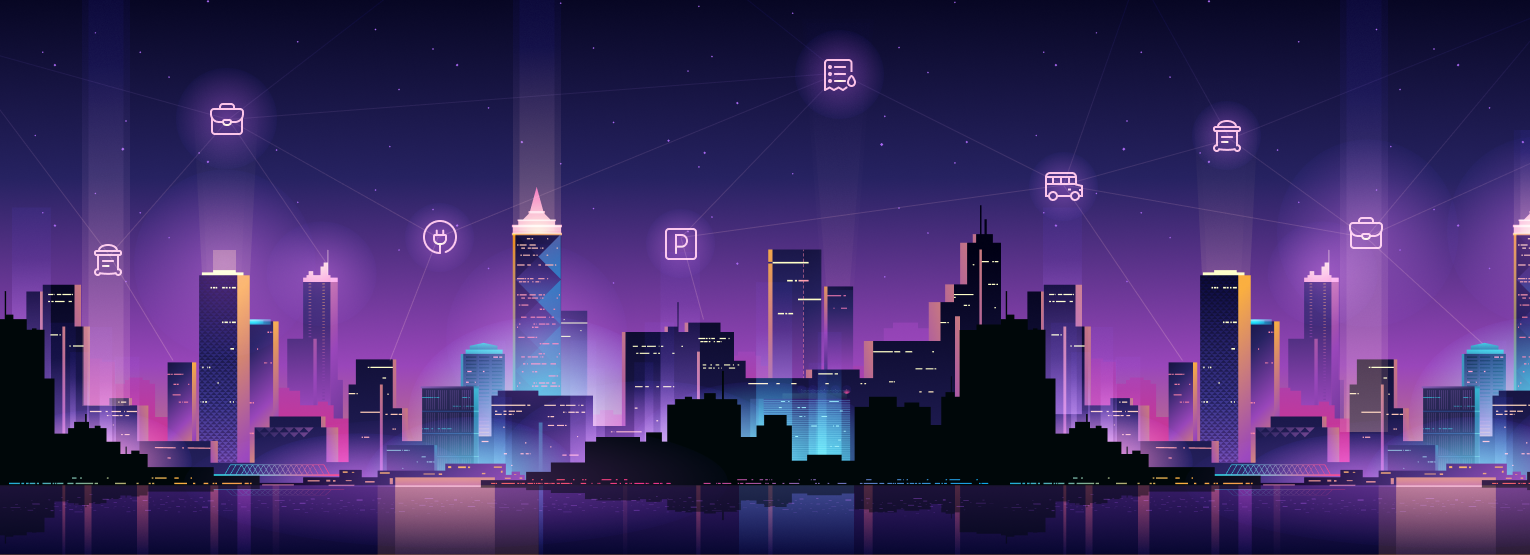Internet of Things (IoT) modules have become part of big city life, as well as playing a role in many projects that use smart devices.
The LoRaWAN communication protocol allows you to transmit data received from smart devices and control those devices remotely. Various projects are increasingly using low-power modules, which can operate for years without a battery change.
However, the various characteristics of LoRaWAN modules can disorient and confuse entrepreneurs, making it difficult to choose the devices that are best suited for their requirements. First of all, you need to make sure of the product’s quality; the seller must show you the documents relating to testing and certification of LoRaWAN modules. After that, ask them to select a module with characteristics that meet the needs of your project.

What should you look for when choosing LoRaWAN radio modules?
To select a device that suits your particular project, you need to perform a module evaluation for compliance with several criteria. To help, we have listed below the characteristics that you should pay attention to before deciding in favor of a particular module model.
Energy efficiency: get the most out of your battery life. One of the advantages of wireless communication modules is that they can be placed almost anywhere, but this characteristic is also their weak point because the module’s life is strictly limited to the lifespan of its battery. Therefore, the lower the power consumption of the device, the longer its service life. Typically, LoRaWAN modules are designed to operate for several years.
Pay attention to whether the battery can be recharged or replaced as well as this can significantly extend the module’s service life.
Security: data encryption. Before entering your software, data travels a long way and is encrypted to prevent unauthorized access. Encryption technologies can vary across device types, so it’s important to ensure during module selection that it supports a robust encryption standard, such as AES-128, which is widely used for LoRaWAN devices.
Memory amount: collection, processing, and storage of data. A wireless radio does not work on a continuous basis; to save power it turns on for a while and collects data. The device saves this data in a log temporarily and then deletes it.
The amount of memory sufficient for their operation can vary significantly for different types of LoRa modules. Besides data communication frequency, the resolution of the captured data also influences this parameter. This refers to the minimum number of changes that the sensor can detect. Here you can make a comparison with a ruler: to measure a distance in millimeters, you need to use the scale with ten times more divisions than when measuring the same distance in centimeters. Accordingly, more memory is required to process and store data “in millimeters”.
Also remember that some modules only capture data and transmit it to other devices or gateways (these modules require less memory). An additional device is used to process and encode or decode data after capture, and this process, in contrast, requires more memory.
Form factor: dimensions and design. When selecting LoRaWAN modules, imagine the conditions in which the devices will work. If you place them in an open area, you should choose modules with durable housings made of UV- and water-resistant materials. Also pay attention to the weight and holding strength of the device as it is important that the module is securely fastened.
Frequency band. According to national laws, a certain frequency band is permitted for each country within which wireless devices can transmit signals. To avoid potential mix-ups, first find out if the module you have chosen works at a given frequency.
Signal transmission range and network coverage. If your project requires network coverage over a large area, look for modules with the maximum signal transmission range.
Data transmission rates and power consumption. Data on the LoRaWAN network is transmitted at a lower rate than over Wi-Fi as devices transmit and receive fewer bits per unit of time, however, LoRaWAN radio modules consume less power, which is extremely important for wireless devices.
In most cases, this transmission rate is not critical to projects as data packages and other information transmitted over the LoRaWAN network are small – for example, this can be information about meter readings or the availability of a free parking space. As a rule, the transfer of such data does not require the same rate as when broadcasting video.
Interference sensitivity and immunity. It is important that the module receives and transmits a signal in all situations, even in an urban setting with dense buildings or inside a multi-story building with many walls, ceilings, and various obstacles. If you plan to place the module in such a place, look for a model with high signal reception sensitivity and high immunity to interference.
What else can improve the efficiency of the module?
So, you have chosen the module that best suits the requirements of your project. To make it operate as efficiently as possible, we recommend paying attention to a couple more points!
- Consider where to place the device. To ensure the maximum possible communication range, try to locate the module in an open area. The absence of obstacles contributes to better signal transmission.
- If possible, connect an external antenna to the module and direct it towards the gateway – this will increase the signal’s strength.
- Take note of any firmware updates and make sure to install them. By doing so, you can improve the safety and efficiency of the modules’ operation.
IoT device integration brings to urban life greater comfort, safety, and security. Each project requires an individual approach to the selection of devices, so when choosing a module, think about what criteria will be critical in your particular project. Pay attention to the supported frequency band, data transfer rate, signal sensitivity and interference immunity, operating range, battery life, power consumption, and data transfer security.




